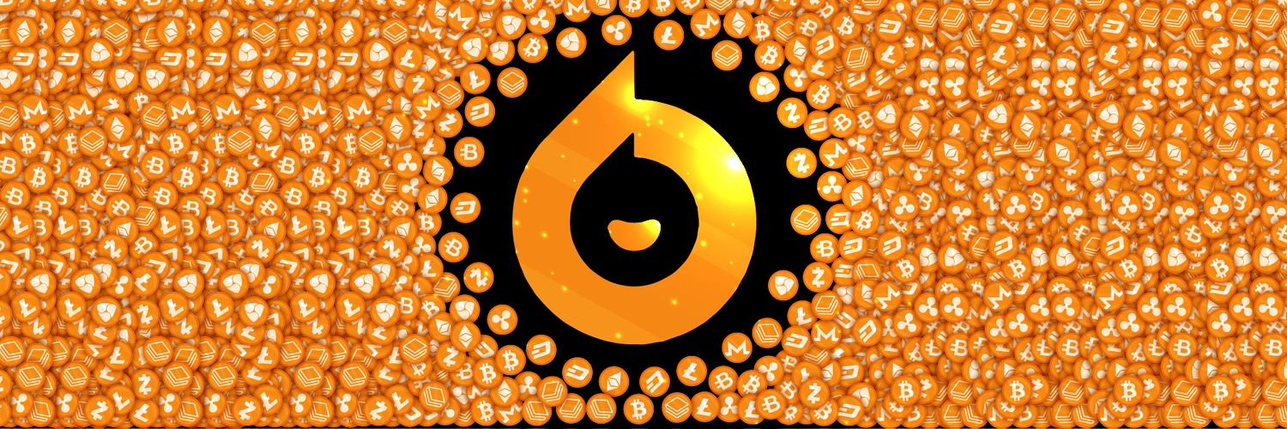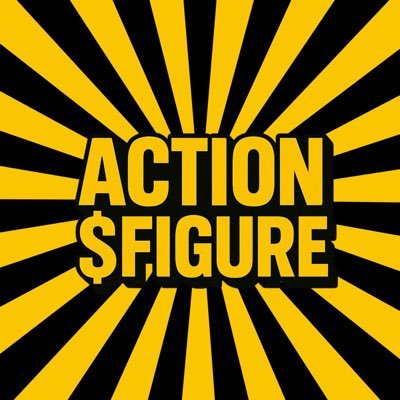


Life Cryptoの価格LIFE
LIFEからJPYへの交換
Life Cryptoに投票しましょう!
Life Crypto (LIFE)について
ライフクリプトトークンの包括的な概観
クリプトカレンシー、または暗号通貨は、間違いなく今日のデジタル経済の風景を再定義しています。その中でも、ライフクリプトトークンは特筆すべき存在です。その歴史的な重要性と主要な特徴は、私たちが変わりつつある金融世界を理解するための鍵となります。
ライフクリプトトークンの歴史
21世紀初頭、Bitcoinという革新的なアイデアが、デジタル決済の新しい形を世界に提供しました。それは ブロックチェーン技術を用いた最初のクリプトカレンシーで、システムの透明性とセキュリティを確保しつつトランザクションを匿名化するという新しい金融モデルを創り出しました。
そしてその革新的なイニシアチブの結果として生まれたものの一つが、ライフクリプトトークンです。
ライフクリプトトークンとは?
ライフクリプトトークンは、電子商取引やデジタル決済の新しい形を提供することを目指すデジタルアセットです。それは持ち主に、取引の透明性とセキュリティを保証しつつ、リアルタイムで移転や交換を可能にします。
ライフクリプトトークンの主な目標は、デジタル市場におけるセキュアな取引の促進と、ユーザーエクスペリエンスの改善です。
ライフクリプトトークンの特徴
分散型
ライフクリプトトークンはブロックチェーン上で動作し、全ての取引は分散型ネットワークを通じて行われます。これにより中央機関の支配を排除し、安全かつ信頼性の高い取引を可能にしています。
セキュア
ライフクリプトトークンは、ブロックチェーン技術の透明性とセキュリティにより、ユーザーの資金と情報を保護します。取引は暗号化され、改ざんされる可能性を極力排除するように設計されています。
リアルタイム取引
ライフクリプトトークンは、リアルタイムでの取引を可能にします。これにより、一貫してスムーズなユーザーエクスペリエンスを提供しつつ、時間と地理を問わずに取引が可能となります。
最後に、ライフクリプトトークンは、世界中のデジタル経済に革命をもたらす可能性を秘めた革新的なテクノロジーです。その特性と機能性は、私たちの金融生活を大いに改善する有力な可能性を秘めています。このような理由から、デジタルアセットとしてのライフクリプトトークンの理解と探求は、現代社会における重要な課題となっています。
Life CryptoのAI分析レポート
本日のLife Crypto価格(JPY)
Life Cryptoの価格履歴(JPY)
 最低価格
最低価格 最高価格
最高価格 
Life Cryptoの最高価格はいくらですか?
Life Cryptoの最安価格はいくらですか?
Life Cryptoの価格予測
2026年のLIFEの価格はどうなる?
2031年のLIFEの価格はどうなる?
よくあるご質問
Life Cryptoの現在の価格はいくらですか?
Life Cryptoの24時間取引量は?
Life Cryptoの過去最高値はいくらですか?
BitgetでLife Cryptoを購入できますか?
Life Cryptoに投資して安定した収入を得ることはできますか?
Life Cryptoを最も安く購入できるのはどこですか?
Life Cryptoに関するニュース
Life Cryptoの集中度別保有量
Life Cryptoの保有時間別アドレス

Life Cryptoのグローバル価格
- 1
- 2
- 3
- 4
- 5
Life Crypto(LIFE)の購入方法

無料でBitgetアカウントを作成します

アカウントを認証する

Life CryptoをLIFEに交換
LIFE無期限先物を取引する
Bitgetに登録し、USDTまたはLIFEトークンを購入した後、LIFE先物やマージン取引を含むデリバティブ取引を開始することができ、収入を増やすことができます。
LIFEの現在価格は¥0.004461で、24時間の価格変動は-7.66%です。トレーダーはLIFE先物をロングまたはショートすることで利益を獲得できます。
エリートトレーダーをフォローして、LIFEのコピートレードを始めましょう。
Bitgetの新規上場
もっと購入する
Life Crypto(LIFE)はどこで買えますか?
動画セクション - 素早く認証を終えて、素早く取引へ

LIFEからJPYへの交換
Life Cryptoの評価
Bitgetインサイト





関連資産
Life Cryptoの追加情報
取引
Bitget Earn
BTC/USDT
現物BTC/USDT
マージンBTC/USDT
USDT-MBTC/USD
Coin-M

































Life Cryptoのソーシャルデータ
直近24時間では、Life Cryptoのソーシャルメディアセンチメントスコアは3で、Life Cryptoの価格トレンドに対するソーシャルメディアセンチメントは強気でした。全体的なLife Cryptoのソーシャルメディアスコアは0で、全暗号資産の中で829にランクされました。
LunarCrushによると、過去24時間で、暗号資産は合計1,058,120回ソーシャルメディア上で言及され、Life Cryptoは0%の頻度比率で言及され、全暗号資産の中で832にランクされました。
過去24時間で、合計22人のユニークユーザーがLife Cryptoについて議論し、Life Cryptoの言及は合計6件です。しかし、前の24時間と比較すると、ユニークユーザー数は増加で10%、言及総数は減少で0%増加しています。
X(Twitter)では、過去24時間に合計0件のLife Cryptoに言及したポストがありました。その中で、0%はLife Cryptoに強気、0%はLife Cryptoに弱気、100%はLife Cryptoに中立です。
Redditでは、過去24時間にLife Cryptoに言及した0件の投稿がありました。直近の24時間と比較して、Life Cryptoの言及数が0%減少しました。
すべてのソーシャル概要
3